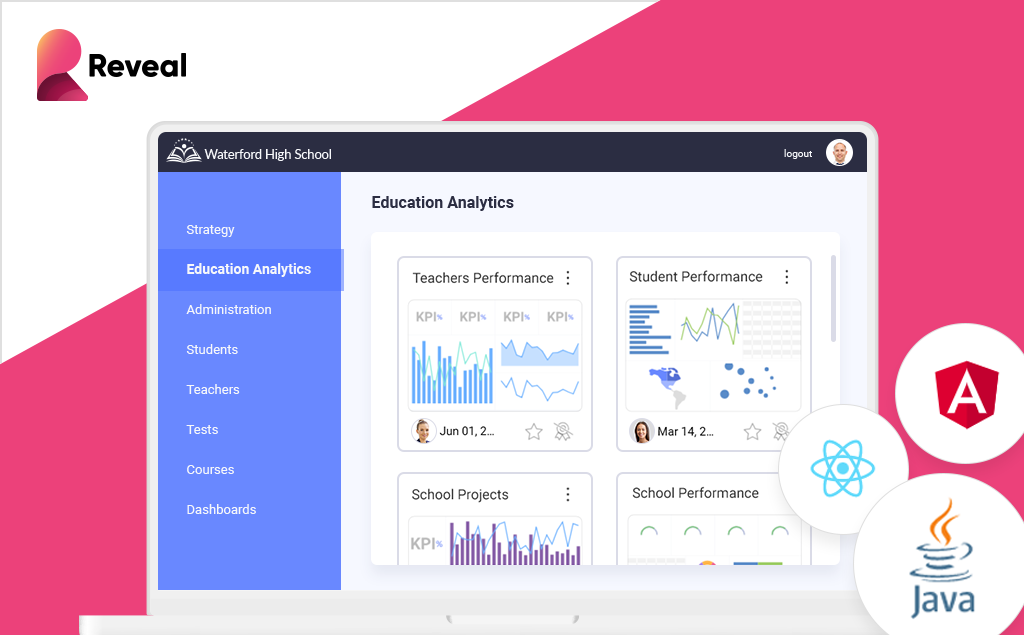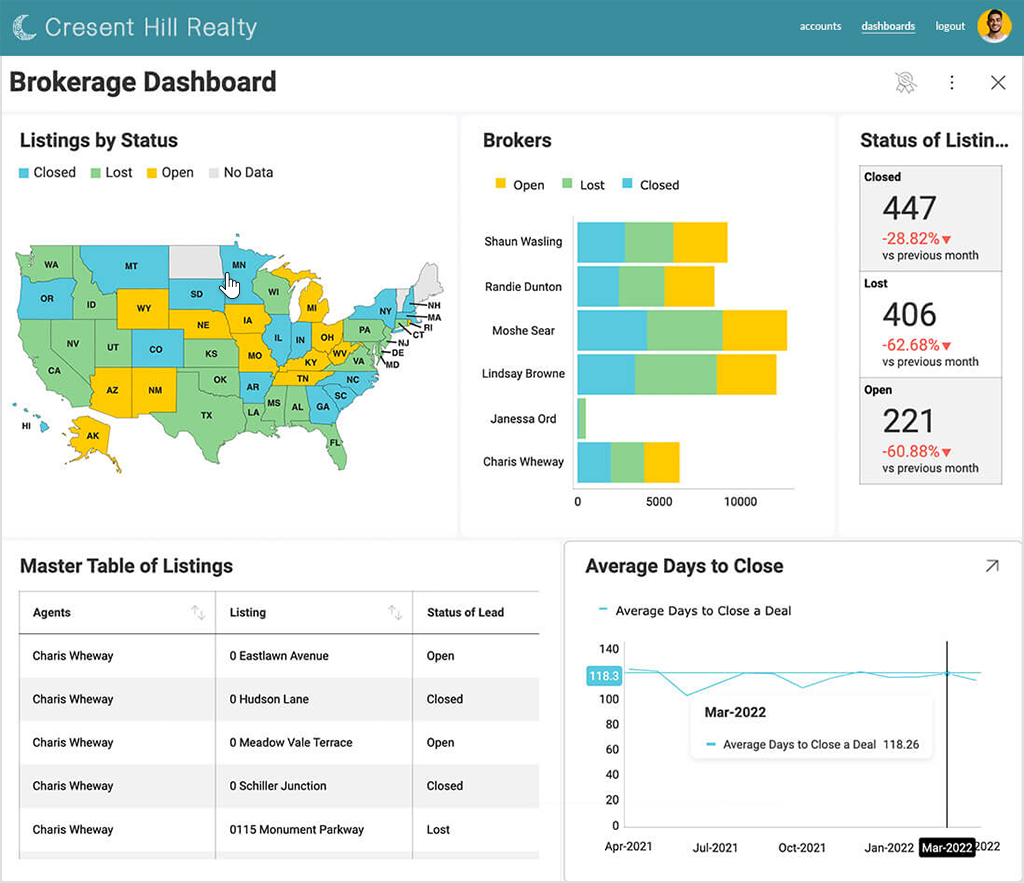
Scriptly Helps Pharmacies Identify Trends in Real Time with Reveal

If you’re looking for an alternative embedded analytics solution, in this article you’re going to find out how Tableau compares to Reveal. We are comparing features, integration, pricing, and more.
Among all embedded analytics products on the market, Tableau stands out as one of the most widely recognized business intelligence tools for data analysis, visualization, and management. With over 16 years of industry experience, Tableau has earned its reputation for robust visualization capabilities and extensive feature offerings.
However, despite its prowess and popularity, Tableau has its limitations and may not be the ideal choice for every business scenario. As the demand for more tailored and versatile embedded analytics solutions grows, exploring alternatives that better align with specific business requirements is crucial.
This article dives deep into embedded analytics, comparing Tableau with Reveal, a notable contender in the market. We’ll dissect the strengths and weaknesses of Tableau, introduce you to Reveal’s embedded analytics platform, and provide a detailed comparison of their features, integration capabilities, pricing structures, and more.
*You can also read our comparison articles of Reveal vs. Sisense, Reveal vs. Looker, and Reveal vs. Logi Analytics.
Advanced Data Visualization Capabilities: Tableau excels in offering a diverse array of data visualization options, including histograms, box plots, motion charts, Gantt charts, bar charts, tables, and more. Users benefit from the ability to translate raw data into interactive and visually engaging dashboards, provided the data is appropriately cleaned within the underlying database beforehand.
Flexibility in Data Connectivity: Tableau’s embedded analytics solution offers extensive flexibility in connecting to various data sources. Users can connect to diverse platforms such as SAP, Hadoop, DB Technologies, Excel files, JSON files, text files, and more. Furthermore, Tableau facilitates connections to different servers, including Tableau Server and Microsoft SQL Server, enhancing data analytics quality and enabling the creation of unified and informative dashboards.
Ask Data Feature: A standout feature of Tableau is its “Ask Data” functionality, which allows users to input queries in natural language. The system interprets and processes these queries, providing users with relevant answers through automatic data visualizations. This feature streamlines the data exploration process and enhances decision-making efficiency.
Integration with Scripting Languages: Tableau offers integration with Python and R for those requiring advanced analytical capabilities, enabling sophisticated table calculations and data analysis. This feature caters to users who need to perform complex data manipulations and enrich their analytics with predictive insights.
Limitations with Unstructured Data: While Tableau excels in data visualization, it struggles with unstructured data. To effectively use Tableau, data must be cleaned and structured in the underlying database, necessitating significant preparation work by IT specialists or data analysts.
Technical Proficiency Requirement: Tableau offers self-service capabilities, but maximizing its functionalities requires technical expertise. Users often encounter complexities that demand SQL query creation, a task beyond the realm of non-technical business users. This reliance on technical know-how can hinder Tableau’s full potential without the support of IT and data analysts.
Support and Pricing Concerns: Users frequently report inadequate support from Tableau, leading to self-resolution of issues. Moreover, based on user numbers and deployment complexities, Tableau’s pricing model can be cost-prohibitive for small to medium-sized businesses. The necessity to purchase bundled licenses, including features that may not be immediately required, further adds to cost concerns.

Reveal, a product of Infragistics, a company with over 30 years of experience in developer tools, application design, and business intelligence solutions since its founding in 1989, stands out as the premier self-service embedded analytics solution and the top alternative to Tableau.
Reveal’s native SDKs empower a transformative user experience, allowing for the creation and editing of dashboards directly within your application. In addition, Reveal offers a comprehensive suite of features designed to empower organizations in data-driven decision-making. Some of Reveal’s most notable features include data blending, dashboard linking, statistical functions, calculated fields, machine learning, chart filtering, and drill-down. We also provide dashboard templates and the option to create your own custom data visualizations with just a few lines of code.
Reveal is used across various industry verticals, including finance & banking, healthcare, manufacturing, insurance, retail, IT, and more.
Take a look at some of the key features of Tableau vs Reveal:
| Reveal | Tableau | |
|---|---|---|
| Embedded Creator Experience | Native clients for Desktop, Web, iOS, Android | Desktop, iOS, and Android |
| Embed / API Creator Experience |
|
|
| Native SDK Solution |
|
|
| Maintenance Costs | Simple Fixed Price | Complex |
| Predictable, No Capacity-Based Pricing |
|
|
| No Dedicated Server Required |
|
|
| Custom License Options |
|
Here are some of the advantages that make Reveal an ideal choice for embedded analytics:

Both Reveal and Tableau have specific features, benefits, and drawbacks, and the selection of one is situation-dependent. For businesses, it shouldn’t be the case of which one of the two solutions is the best BI tool but rather which one is the best fit.
We covered both embedded analytics solutions’ basic information and features so you can better understand some of their key differences. To make a smart decision and choose between the two, however, one needs to consider several parameters, such as the size of the organization that will use the tool, who will use it, the technical and implementation requirements, your data maturity, your budget, and, most importantly, the use cases you want to solve.
The ultimate goal is, and will always be, to gain valuable business insights from your data to improve your organization’s decision-making process for better outcomes and maximum profitability.